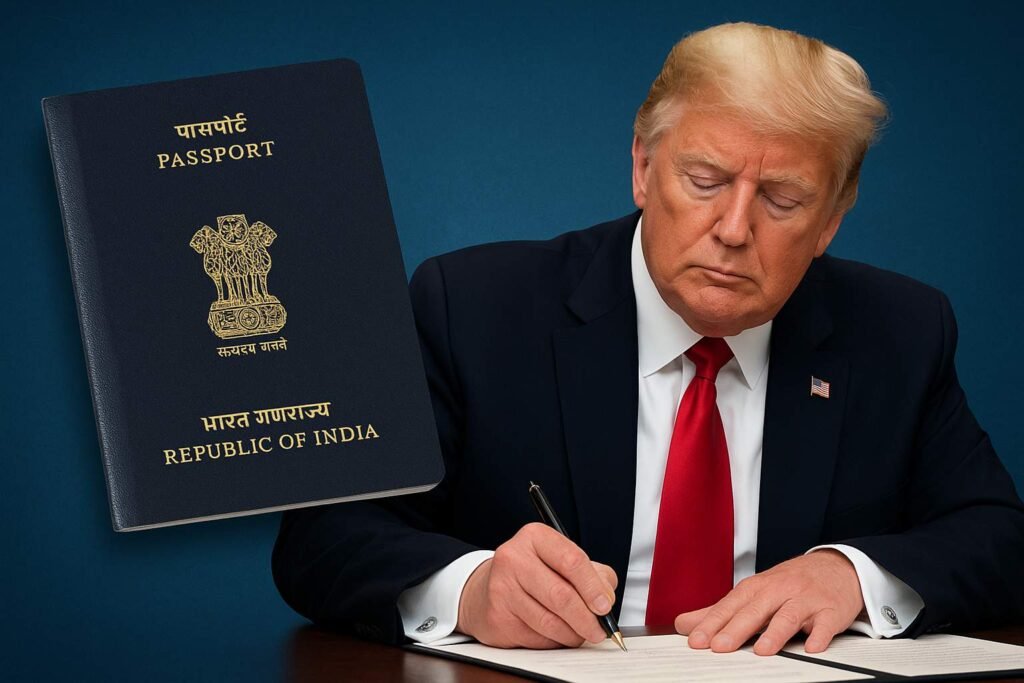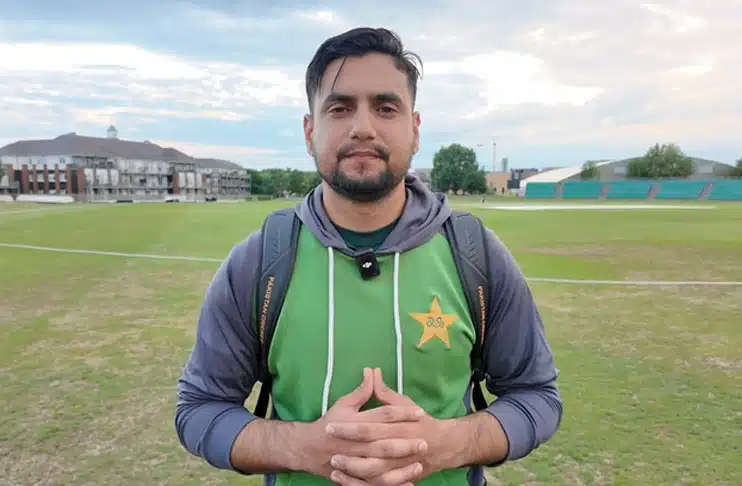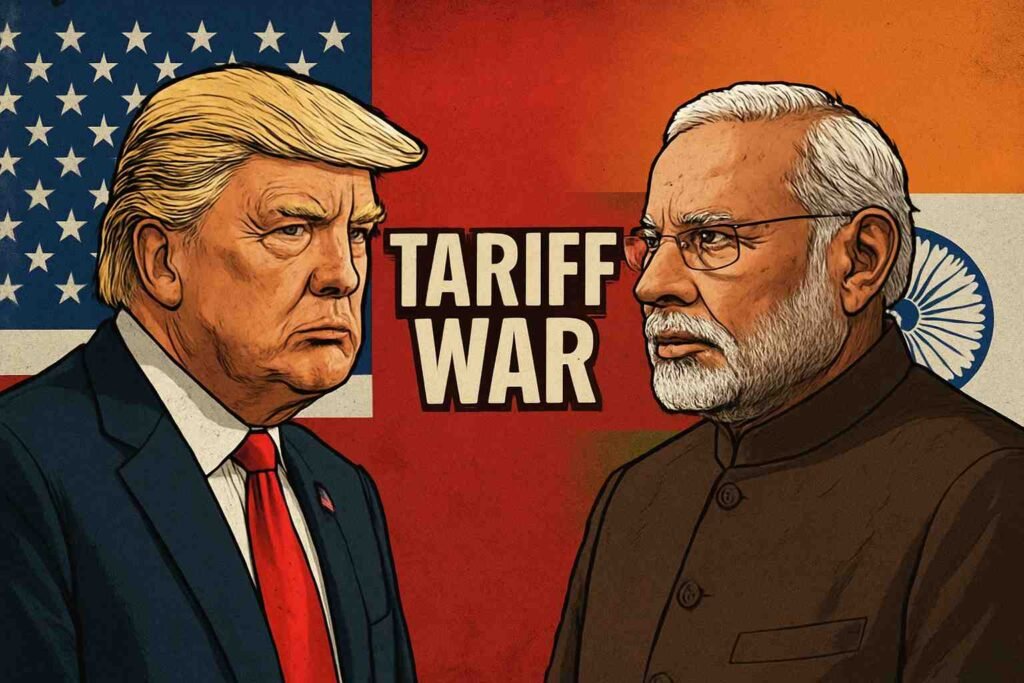
In May 2025, a significant military confrontation erupted between ind vs pak, marking one of the most intense escalations between the two nuclear-armed neighbors in recent years. The conflict, which began in late April, was rooted in a terrorist attack in Jammu and Kashmir and rapidly expanded to involve airstrikes, border skirmishes, and international mediation.(Wikipedia, Wikipedia)

The Spark: The Pahalgam Terrorist Attack
Ind vs Pak : The immediate catalyst for the conflict was a terrorist attack on April 22, 2025, in the Baisaran Valley near Pahalgam, Jammu and Kashmir. The attack resulted in the deaths of 26 civilians, including 25 Hindu tourists, a Christian tourist, and a local Muslim. The Resistance Front (TRF), an offshoot of the Pakistan-based militant group Lashkar-e-Taiba, claimed responsibility for the attack, citing opposition to Indian government policies in the region. (Wikipedia)
India responded by suspending the Indus Waters Treaty, a 1960 agreement governing the shared use of the Indus River system, and halting water flow from the Baglihar Dam into Pakistan. This move was perceived by Pakistan as a significant escalation, with officials warning that any disruption of water flow could be considered an act of war. (Wikipedia)

Military Escalation: Operation Sindoor and Retaliation
Ind vs Pak : On May 6, 2025, India launched “Operation Sindoor,” a 23-minute airstrike targeting what it described as terrorist infrastructure in Pakistan. The strikes hit nine locations, including Bahawalpur, Sialkot, and Muzaffarabad. Pakistan reported that Indian aircraft were shot down during the operation, although India did not confirm these claims. (Wikipedia)
In retaliation, Pakistan initiated “Operation Bunyan al-Marsus,” targeting several Indian military bases. The conflict saw the use of advanced weaponry, including India’s deployment of the S-400 missile defense system to intercept alleged Pakistani drone and missile strikes. Both sides suffered casualties, with Pakistan confirming 11 military personnel killed and 78 injured in Indian strikes. (Wikipedia, The Times of India)

Diplomatic Efforts and Ceasefire
Ind vs Pak : The United States played a pivotal role in mediating a ceasefire, which was announced on May 10, 2025. President Donald Trump claimed to have used trade leverage to pressure both countries into de-escalating. However, Indian officials denied that trade was discussed in diplomatic talks, and Prime Minister Narendra Modi emphasized that India had only “suspended” its military operation, warning of potential future actions if Pakistan continued to support terrorism. (Financial Times)
The ceasefire has been fragile, with both nations accusing each other of violations. India condemned attacks on religious sites and civilians, including a Gurudwara, temple, and madarsa, allegedly carried out by Pakistan. (@EconomicTimes)

Humanitarian Impact and Civilian Casualties
The conflict has had a devastating impact on civilians. In Pakistan, at least 31 civilians were killed, including children, in areas such as Ahmedpur Sharqia and Muzaffarabad. In India, the Pahalgam attack and subsequent border skirmishes have led to significant civilian casualties. Humanitarian organizations have expressed concern over the escalation and its toll on innocent lives. (Wikipedia)
Economic and Global Implications
Despite the severity of the conflict, Pakistan’s Finance Minister Muhammad Aurangzeb stated that the military escalation would have a minimal fiscal impact and could be managed within current budgetary limits. However, analysts warn that a prolonged conflict could destabilize the region’s economy and disrupt global supply chains, particularly in energy markets. (Reuters, Asia Times)
ind vs pak Conclusion
The 2025 ind vs pak conflict underscores the fragile nature of peace between the ind vs pak and the potential for rapid escalation. While the ceasefire has temporarily halted hostilities, underlying issues such as the Kashmir dispute, cross-border terrorism, and water resource management remain unresolved. The international community’s role in mediating tensions and promoting dialogue will be crucial in preventing future conflicts and ensuring regional stability.(Wikipedia)
Related Articles:




